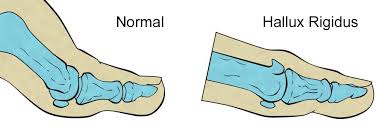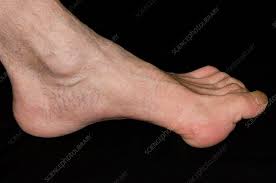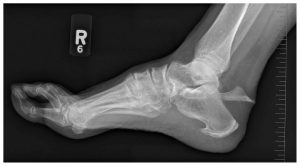
Choosing a supportive shoe can help prevent foot problems and provide comfort and stability during daily activities. Here are some tips to help you choose a supportive shoe:
- Look for a shoe with a firm heel counter: The heel counter is the back part of the shoe that provides support to the heel. It should be firm to prevent excessive movement of the foot within the shoe.
- Check the arch support: The arch support should be firm and supportive. You can check the arch support by pressing your thumb into the arch of the shoe. If it feels too soft or flexible, it may not provide adequate support.
- Choose a shoe with a wide toe box: A wide toe box allows the toes to spread out naturally and can help prevent the development of foot problems such as bunions or hammertoes.
- Look for a shoe with a sturdy sole: The sole of the shoe should be thick and sturdy to provide cushioning and support for the foot.
- Consider the material: Shoes made of breathable materials such as leather or mesh can help prevent foot odor and fungal infections.
- Get a proper fit: Make sure the shoe fits well and is not too tight or too loose. Try on shoes at the end of the day when your feet are at their largest and wear socks that you would typically wear with the shoes.
- Consult with a podiatrist: If you have specific foot problems or conditions, a podiatrist can recommend specific shoes or inserts that can provide the support and cushioning you need.








